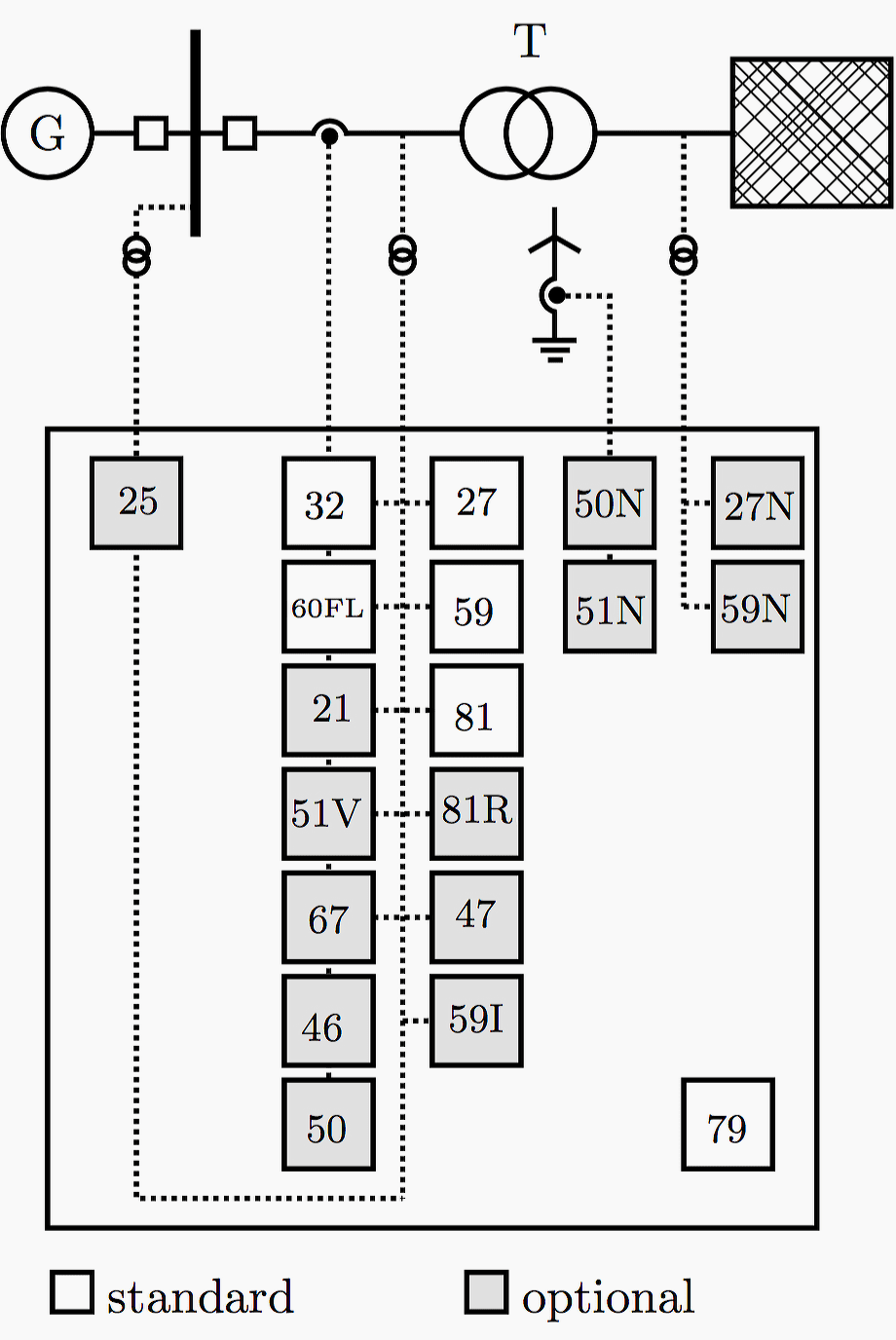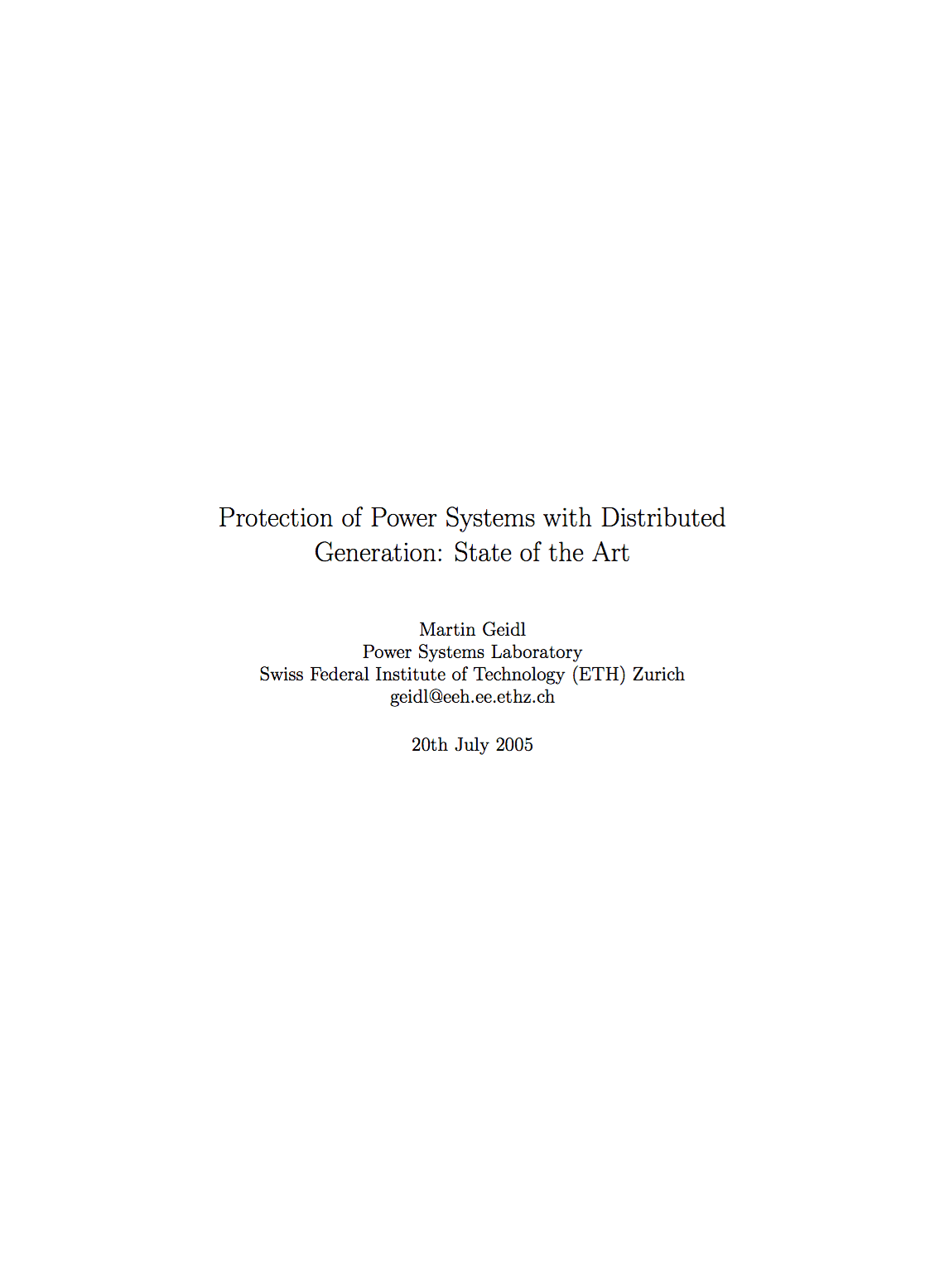What is distributed generation?
Distributed generation, dispersed, decentralized or embedded generation (DG, EG) are keywords for an upcoming probable paradigm shift in electric power generation. There is no standing international definition for these terms, but there are a number of legal definitions in several countries.

However, many distributed power sources have some characteristics in common:
- Their rating is small compared to conventional power plants,
- They are often privately owned,
- They are not centrally dispatched,
- They are connected to MV or LV distribution networks,
- They do not contribute to frequency or voltage control,
- And usually they were not considered when the local grid was planed. Hence, there are infrastructural needs as, for example, means of communication.
Two major reasons for an increased utilization of DG are liberalized markets which are now opened for various kinds of participants, and the global trend of reducing greenhouse gas emissions, which leads to more renewable, CO2-neutral sources which are normally small-scaled.
Finally, there is the technical point of view, and protection turned out to be one of the most problematical technical issues since its malfunction could cause serious risk for people and components.

Power system protection
The primary purpose of power system protection is to ensure safe operation of power systems, thus to care for the safety of people, personnel and equipment. Furthermore, the task is to minimize the impact of unavoidable faults in the system.
From an electrical point of view, dangerous situations can occur from overcurrents and overvoltages.
For example, an asynchronous coupling of networks results in high currents. Earth faults can cause high touch voltages and therefore endanger people. The general problem is always voltage and/or current out of limit.
For the safety of the components it is also necessary to regard device-specific concerns, for example oil temperature in transformers, gas pressure in gas insulated components etc. These points are not directly related to electrical values, but, as mentioned, they always come from or lead to unallowed high voltages or currents.
| Title: | Protection of power systems with distributed generation: State of the art – Martin Geidl – Power Systems Laboratory, Swiss Federal Institute of Technology (ETH) Zurich |
| Format: | |
| Size: | 6.2 MB |
| Pages: | 35 |
| Download: | Right here | Video Courses | Membership | Download Updates |


